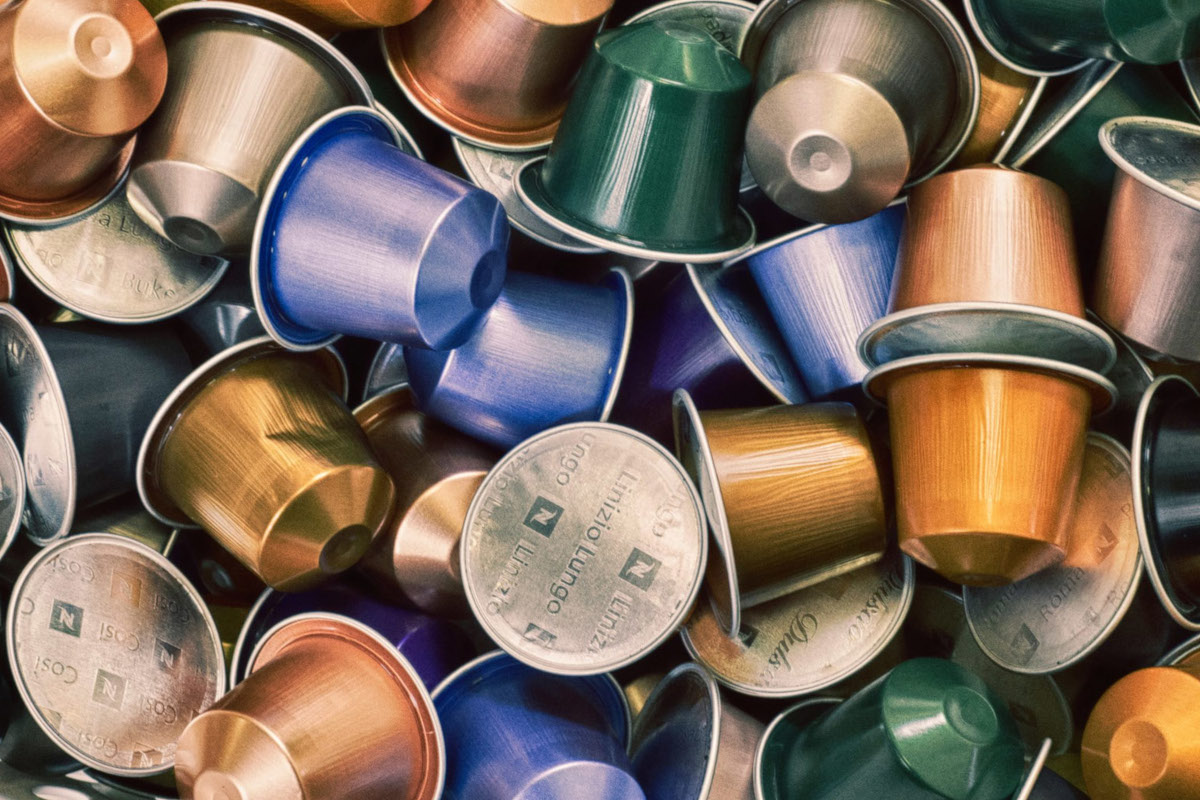Italian coffee exports in 2020 suffered a setback. If, in fact, in 2019, the turnover had been over 1.6 billion euros, in 2020, it settled at just over 1.5 billion, with a drop of -4.9% (source: Agrifood Monitor on Istat data). The negative trend was undoubtedly due to the closure of the out-of-home sector, only partly counterbalanced by the growing at-home consumption.
But what do foreign consumers most appreciate about Italian coffee? It is undoubtedly the know-how of Italian companies. Thanks to the ability and experience of Italian roasters and companies specialized in importing raw materials, the offer for international markets is an extensive and increasingly tailor-made range of products.
Discover the authentic Italian coffee companies and products on Italianfood.net platform
PACKAGING, AN AREA IN TURMOIL
Respect for the environment is an issue that consumers care about, and the industry is trying to understand how to manage the recyclability of products, including paper pods, aluminum capsules, and home compost. Some packs feature the aroma-saving valve, a closure method that protects the coffee and preserves its organoleptic qualities until it is exhausted. The label also plays an increasingly predominant role as it reports more information about the product’s origin.
EUROPEAN MARKETS, ALL CRAZY FOR ITALIAN COFFEE
Roasted coffee is exported to over 200 countries worldwide. More than three-fifths of this (61.5%) goes to the markets of our EU partners, in particular Germany (16.9%) and France (9.8%). Over time, however, exports to Greece have also increased in importance (5.1%), replacing Austria as the third-largest destination country for Italian coffee.
Among non-EU countries, the growth of the United States stands out, where the weight of Italian coffee exports in 2020 remained stable at 5% (provisional data, source: Nomisma – Agrifood Monitor on Istat data). However, this value refers to a market that has progressively expanded, from 30 to over 70 million euros.

